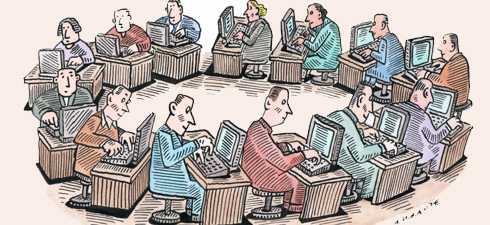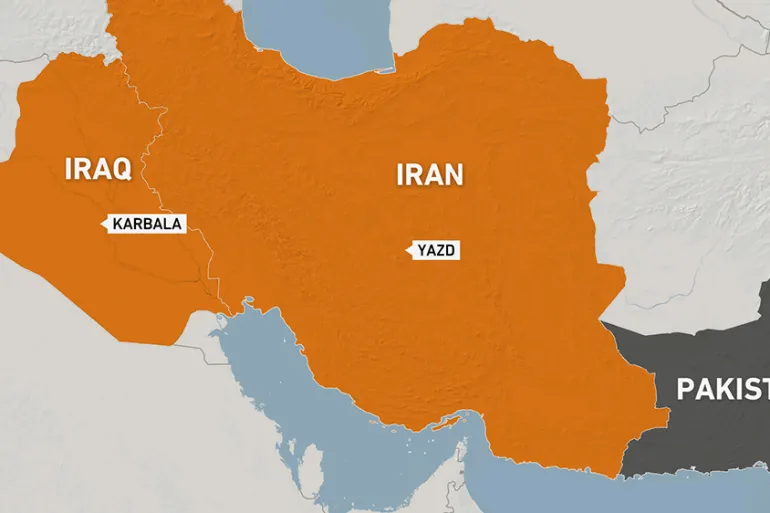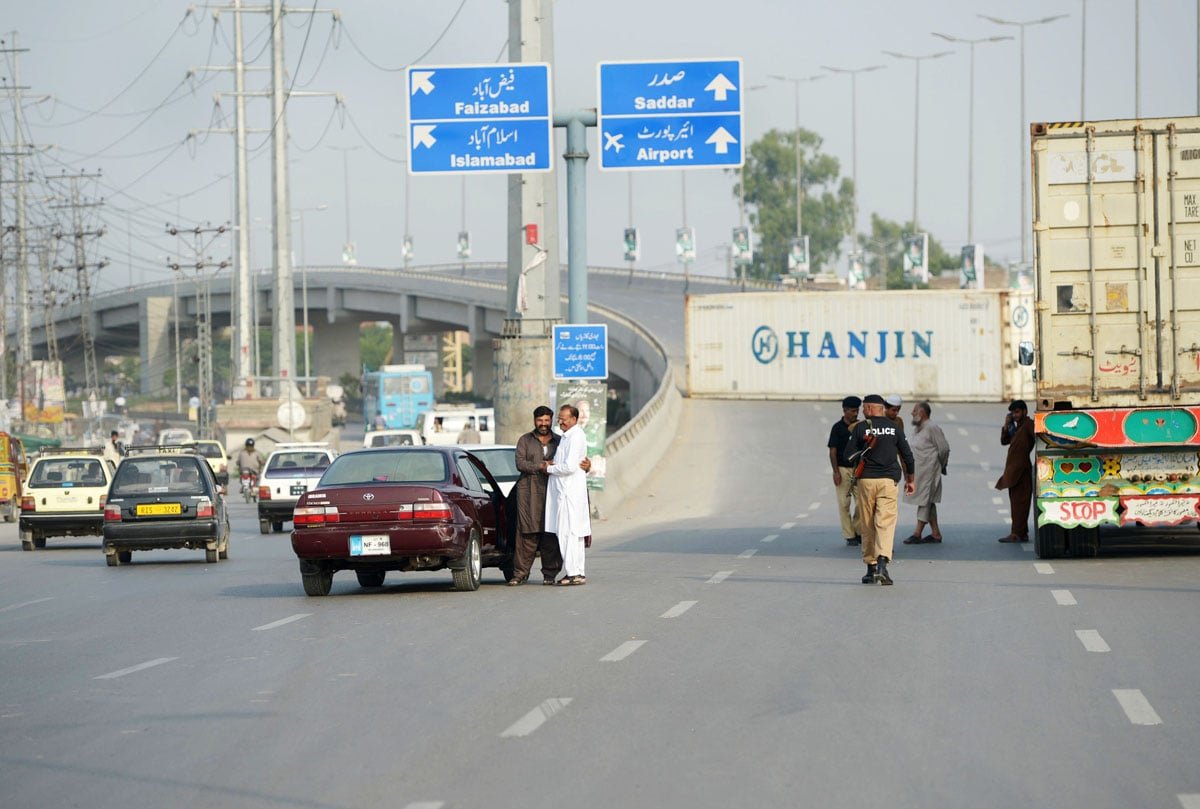Editorial
Amid Pakistan’s worsening economic crisis, the government’s approach to the textile industry appears to be pushing it toward a breaking point. Instead of addressing the real issues, policymakers are implementing measures that are strangling an industry crucial for economic growth, stability, and employment.
The gradual decline of textile manufacturing is not just a policy failure; it seems to be a deliberate dismantling of a sector that could drive Pakistan’s economic revival. This approach sacrifices long-term growth for short-term survival, leading to severe consequences.
High energy costs, especially for electricity and gas, are a major concern. The government’s actions have only partially addressed the issue, leaving around Rs 75-100 billion in cross-subsidies for industrial power tariffs. This, combined with economic downturn and escalating grid tariffs, leads to around 30% of the power tariff comprising stranded costs, significantly impacting the industry’s competitiveness.
Furthermore, inefficiencies in the power sector, such as high line losses and inadequate infrastructure, further inflate power costs, making industrial grid tariffs twice the regional average and rendering manufacturing sectors internationally uncompetitive.
The situation with gas is equally alarming, with gas/RLNG prices for captive consumers surging to well over $13/MMBtu. Despite directives for setting benchmark standards, the failure to establish a benchmark for RLNG has led to undue financial burdens on consumers.
Pl, subscribe to the YouTube channel of republicpolicy.com
Moreover, recent commitments to the IMF to cut off captive gas supply without considering the economic repercussions could worsen the surplus RLNG issue and lead to significant additional costs passed on to consumers through higher fuel prices.
In the realm of taxation, the shift in tax policies has resulted in exorbitant effective tax rates for the textile sector, eroding profitability and making it difficult to compete with regional counterparts.
Additionally, the withdrawal of zero-rating on local supplies for export manufacturing has negatively impacted local manufacturers, leading to a surge in imports and the shutdown of domestic production in various sub-sectors.
The extensive challenges in the industry, including the unresolved SRO 350 issue and the lack of action despite extensive research, call for genuine reform to support the industry or an honest acknowledgment of the destructive path being taken.
Despite these difficulties, opportunities to capitalize on market changes exist, but swift action is needed to create a conducive environment for the industry to thrive.
In summary, the government must choose to commit to genuine reform to revitalize the industry or acknowledge the dire consequences of the current trajectory. The passage of time only prolongs the suffering of millions reliant on the industry, and a decisive approach is needed to avert economic collapse.














